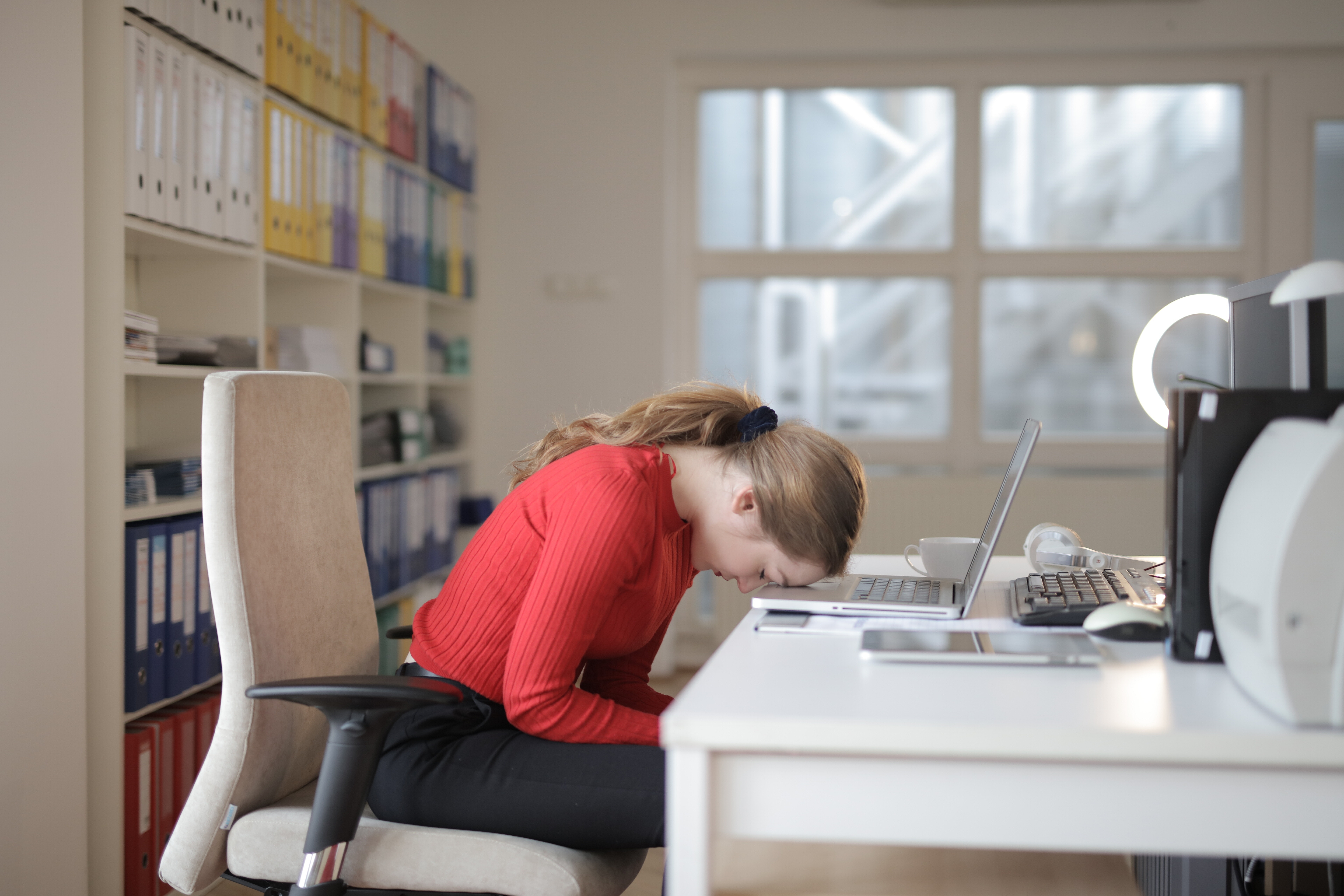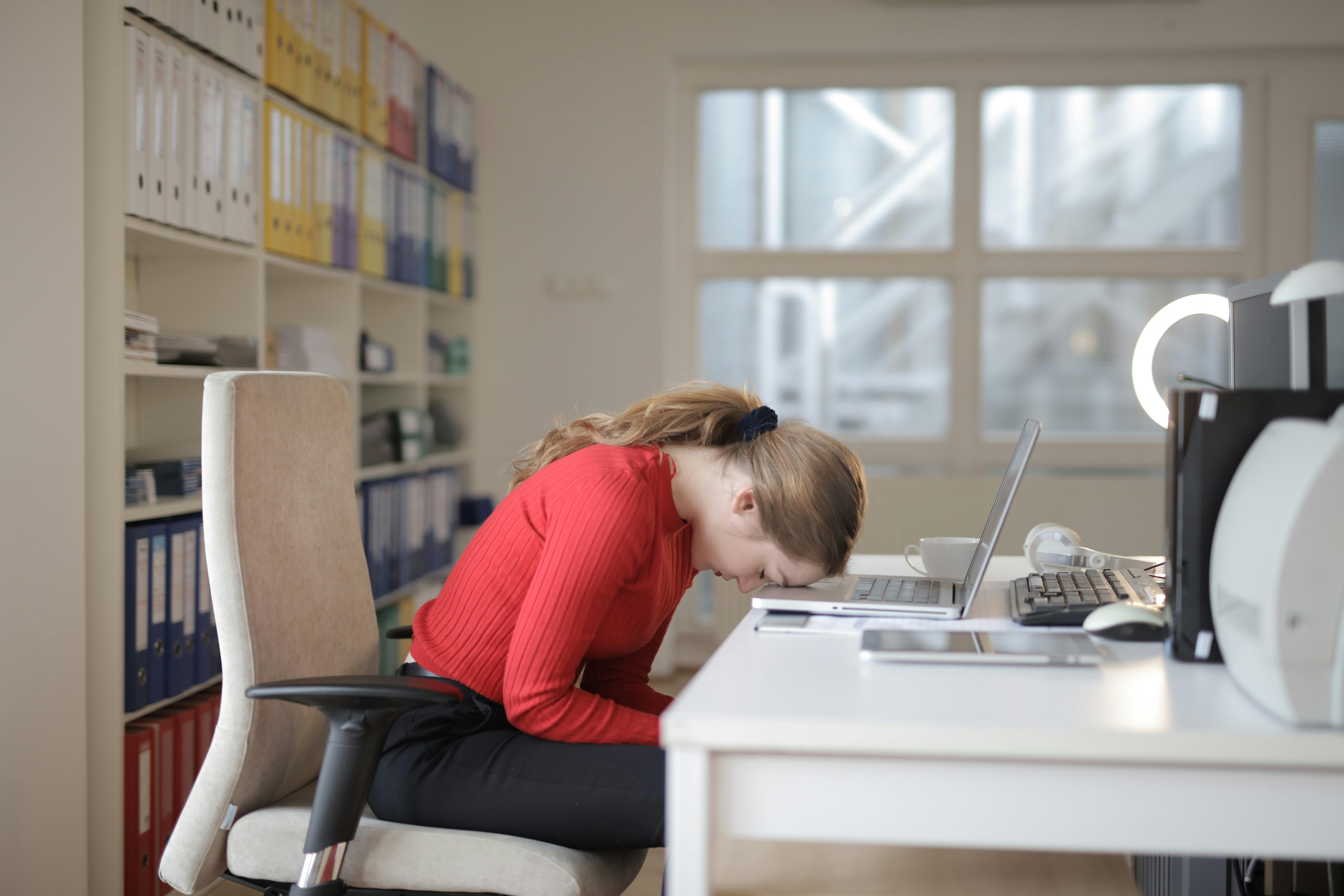
Why getting enough sleep is more important than you think

In the modern world, unlimited access to technology puts our brains in a state of constant stimulation. Notifications, alerts, and reminders help to keep us on track, but they can make it difficult to switch off at night.

A Gallup poll in the U.S. found that 40% of Americans get less than the recommended 7-9 sleep per night. Yet, sleep is essential to our health and optimal performance at work.
We have looked at the science and put together some advice for your team on the benefits of getting a good night’s sleep.
How does sleep benefit us?
In the international bestseller, Why We Sleep, neuroscientist Matthew Walker explains how sleep can boost our intelligence, make us more attractive, and improve our moods.
Not only is sleep an essential process to the body’s everyday functions, it can also help to ward off cancer, diabetes, heart disease, and stroke.
Our brains use around 20 percent of the body's total energy consumption. One of the main functions of sleep is to replenish the hard-working brain circuitry. This process helps to protect us from brain-related illnesses such as dementia and mood disorders.
The REM phase of sleep helps the brain to connect unrelated ideas, which boosts our creativity and problem-solving abilities. Think back to the time you miraculously solved a problem or completed a task with ease after a good rest.
Sleep can also enhance learning. Our waking hours are the best time for learning something new, but the dreams we have during REM sleep improve memory consolidation.
For this reason, we are primed for problem solving and creativity when we first wake up. While we have been asleep, our brains have been able to make new pathways and connections with the information we have taken in the previous day.
Tips for getting a better night’s sleep
Despite the proven benefits of sleep, many people find it difficult to get a full, unbroken night’s rest. Here, we have put together some tips to help your team improve sleep hygiene, and reap the benefits of increased brain function:
1. Get into a sleep routine
Our brains are wired to chase rewards. We feel sleepy, and we want to feel more alert, so we have a coffee and get the kick we need. This pattern of cue, routine, and reward is fundamental to human behaviour - a process that psychologists have labelled the habit loop. With knowledge of this cycle, it is possible to reprogram the most reluctant mind to repeat the desired behaviour effortlessly - including falling asleep at the same time each night.
If you complete the same rituals before going to bed, like flossing, brushing your teeth, or reading for twenty minutes, your brain will learn that this is the time you sleep. The pattern will trigger the release of melatonin, the hormone we need to start feeling sleepy.
2. Have a tech cool down before bed
The Sleep Foundation states that ninety percent of people admit to using a technological device in the hour before bed. They add that “using electronic devices before bedtime can be physiologically and psychologically stimulating in ways that can adversely affect your sleep.”
Devices interfere with our body’s internal clock, or circadian rhythm, and suppress the release of melatonin. This effect is due to the artificial blue light they emit.
Avoid using any technology in the hour before bed, and allow your brain to become relaxed and ready for sleep.
3. Keep your bedroom cool
Our body temperature fluctuates at night, just as it does during the day. But we sleep better when we are cool. The ideal temperature for adults is around 18.3°C. One study in 2012 found that room temperature is one of the most critical factors for achieving a quality night’s sleep.
As we prepare to go to sleep, our body temperature also drops, so it is best to avoid high-intensity exercise before bed if you have trouble falling asleep. Keeping blinds down in your bedroom during the day can also be an effective way to prevent heat build-up.
4. Work with your circadian rhythm
The circadian rhythm, or body clock, is an internal system designed to manage our feelings of sleepiness and wakefulness over 24 hours. This system is controlled by the part of the brain that responds to light.
However, this internal rhythm can vary between people. Our sleep patterns can be divided into two main “chronotypes”: the morning larks and night owls. Approximately a third of the population are morning larks, a third are night owls, and the other third are somewhere in between. There is nothing we can do to reset our natural inclinations.
As a result, in a 9-5 world, night owls are often more tired, less active, and more susceptible to poor health. They have higher rates of depression, anxiety, diabetes, cancer, heart attack, and stroke.
Because of this, opportunities for remote work have real potential to be beneficial for productivity in the workplace. If employers are understanding, we can work with our chronotypes and switch on for work during the hours when we are most alert. Work in sync with your circadian rhythm wherever possible.
5. Limit your caffeine intake
Caffeine is a stimulant that works on our central nervous system. It can boost energy and improve mood.
The half-life of caffeine varies between people but is approximately 5-6 hours. If you consume 10mg of caffeine, you will have 5mg in your system five hours later. In light of this, The American Academy of Sleep Medicine recommends that you avoid drinking caffeine at least six hours before bedtime.
For more helpful tips, you might like to take a look at our Go1 Mental Health and Wellbeing pathway, a collection of curated courses to help you stay healthy, alert and connected when working remotely.
For more insights, be sure to subscribe to the Go1 newsletter to stay on top of all the latest L&D trends. Or, you can book a demo today to find out how Go1 can help with your team’s learning needs.
Sophia is a freelance writer who specialises in thought leadership, opinion pieces and content creation for learning publications. Her work focuses on the latest research in learning theory and practice. She regularly contributes articles on workplace learning and personal development to the Go1 blog. You can connect with her on LinkedIn.




